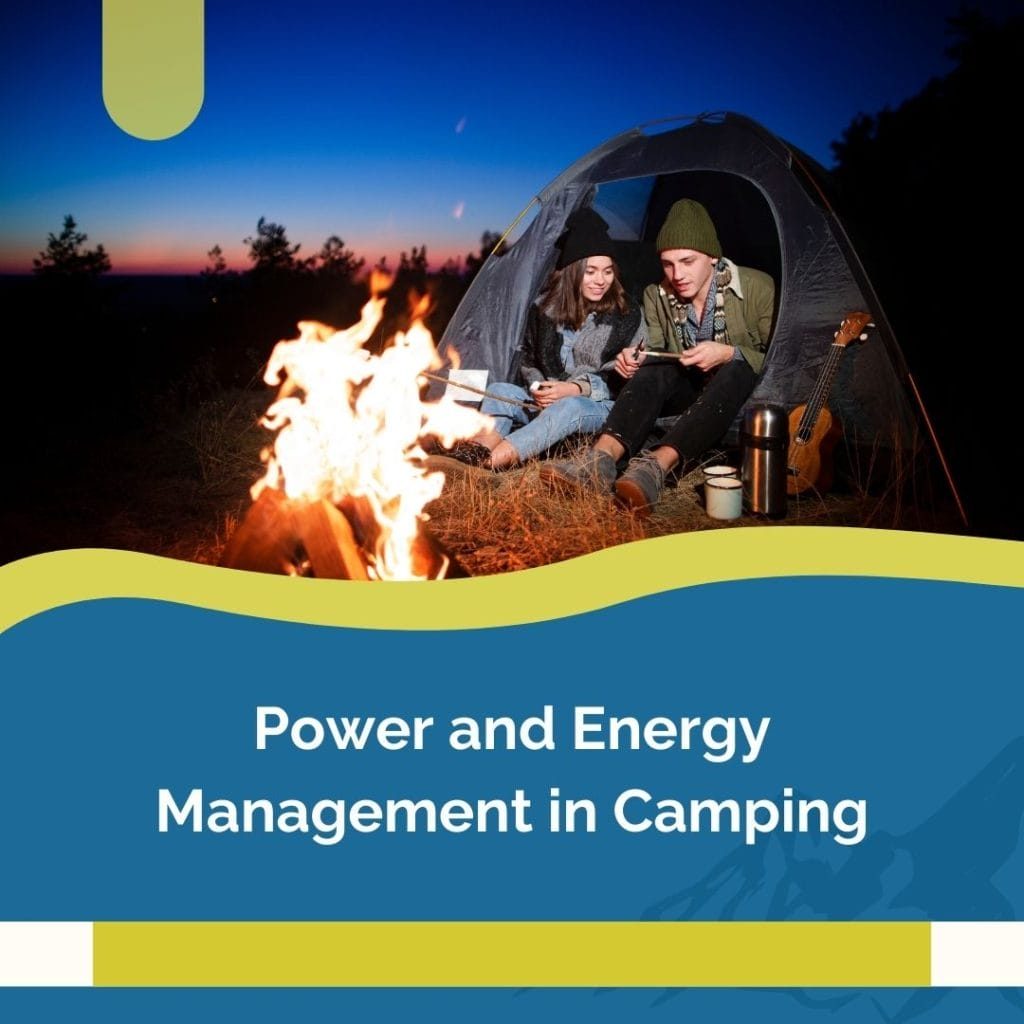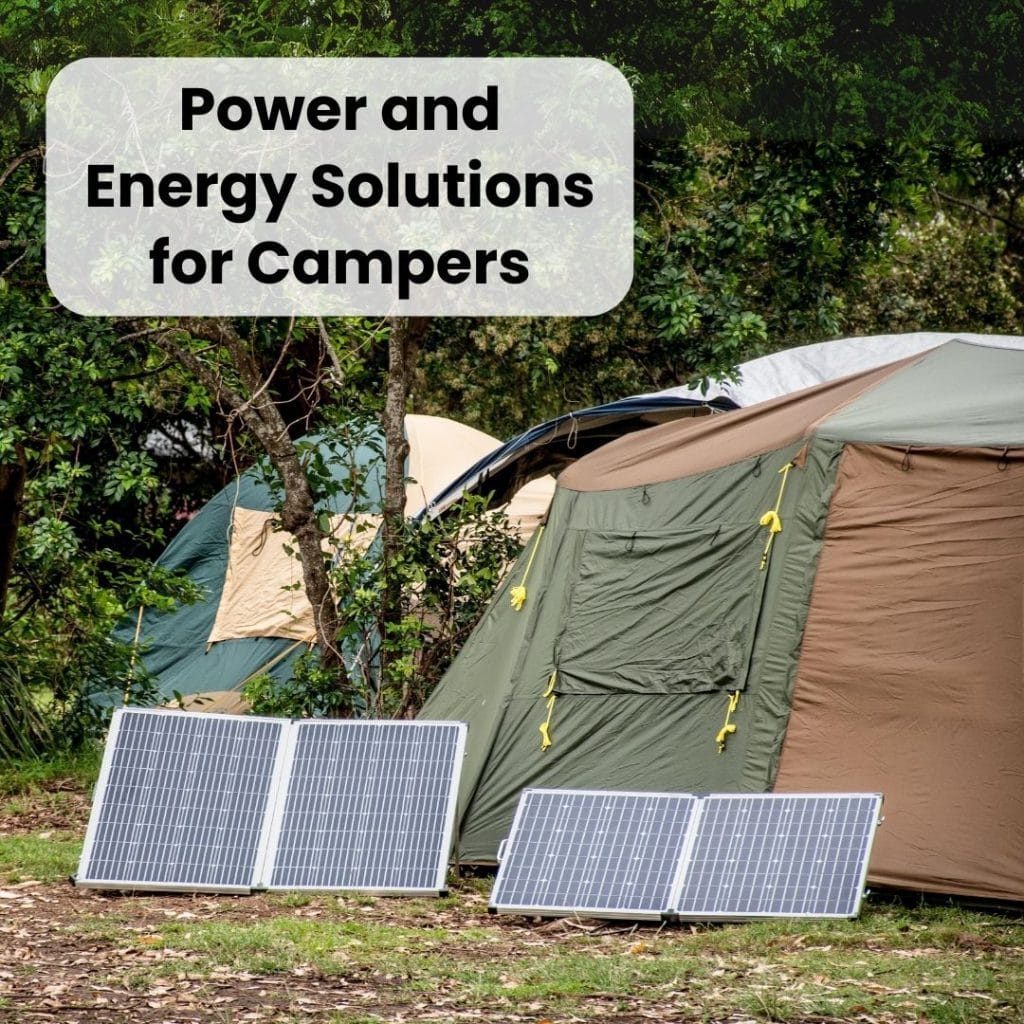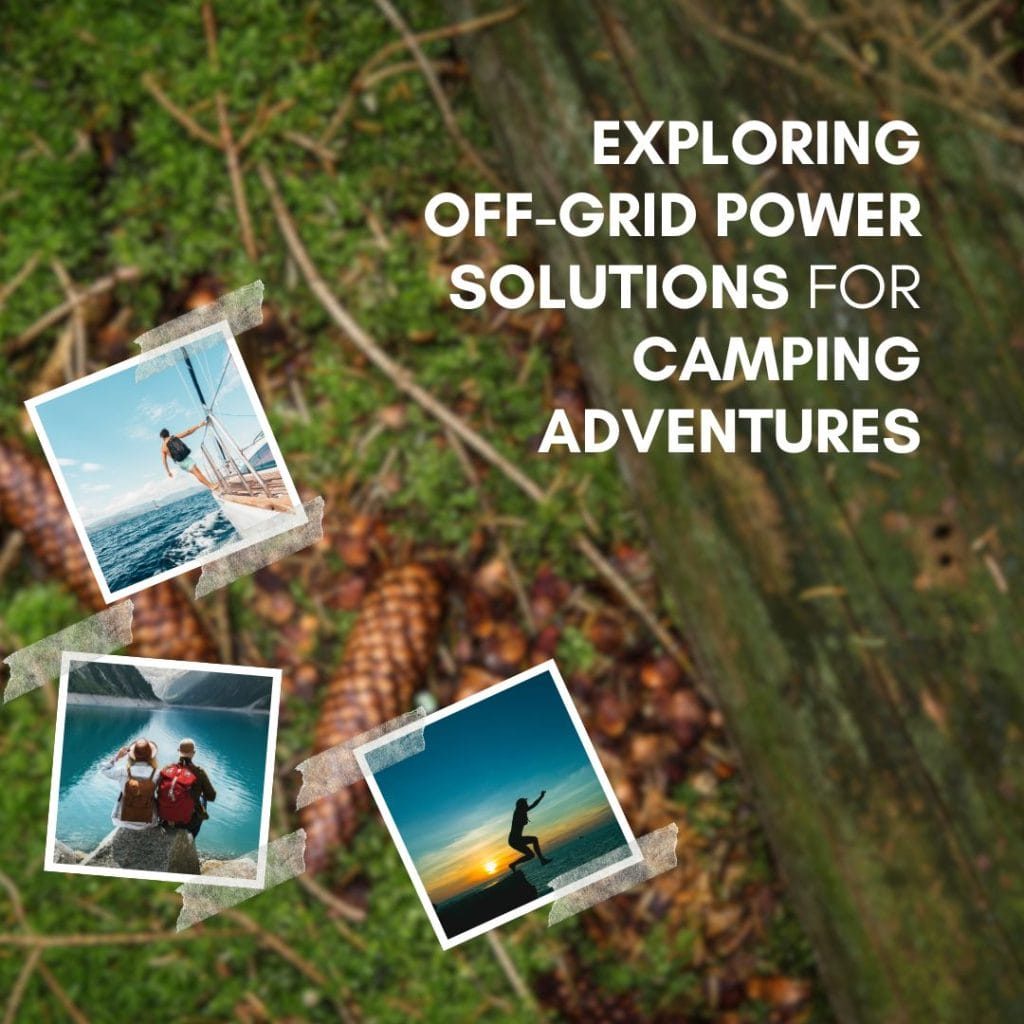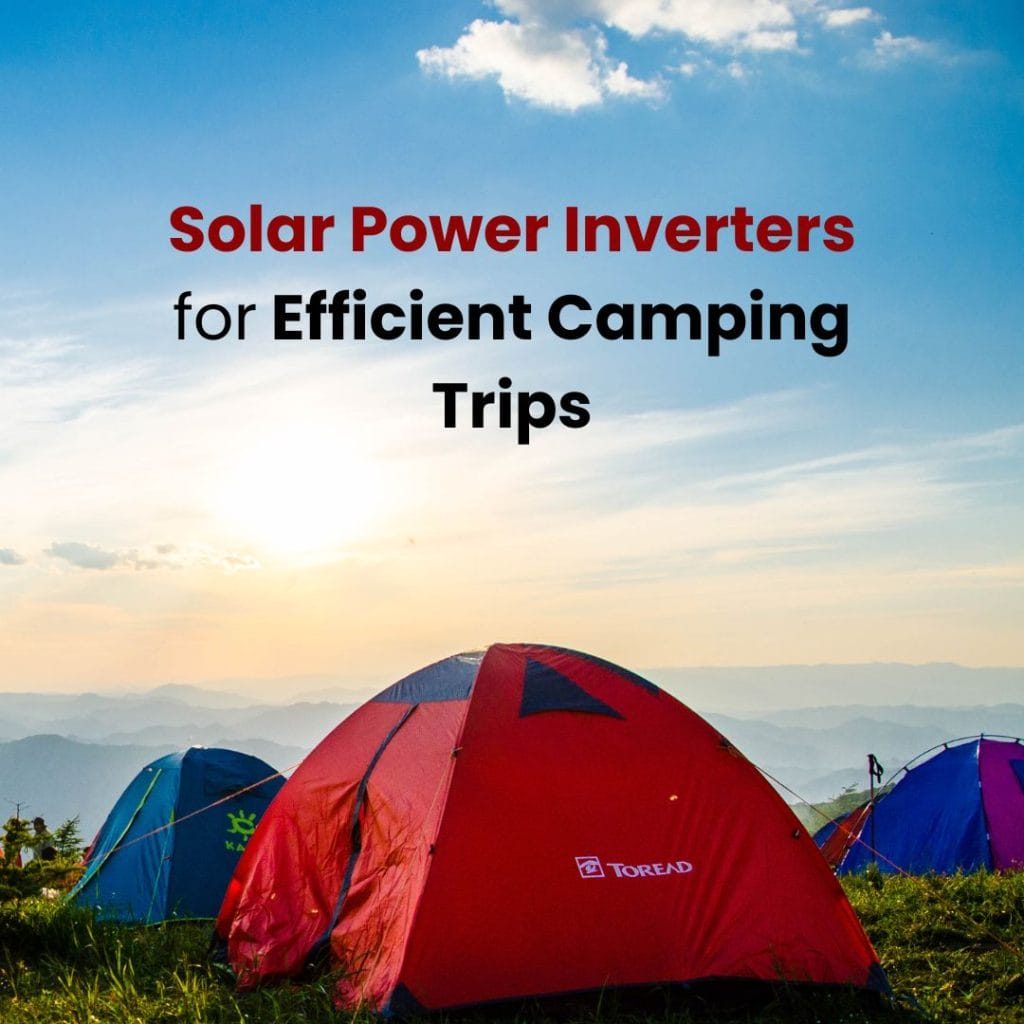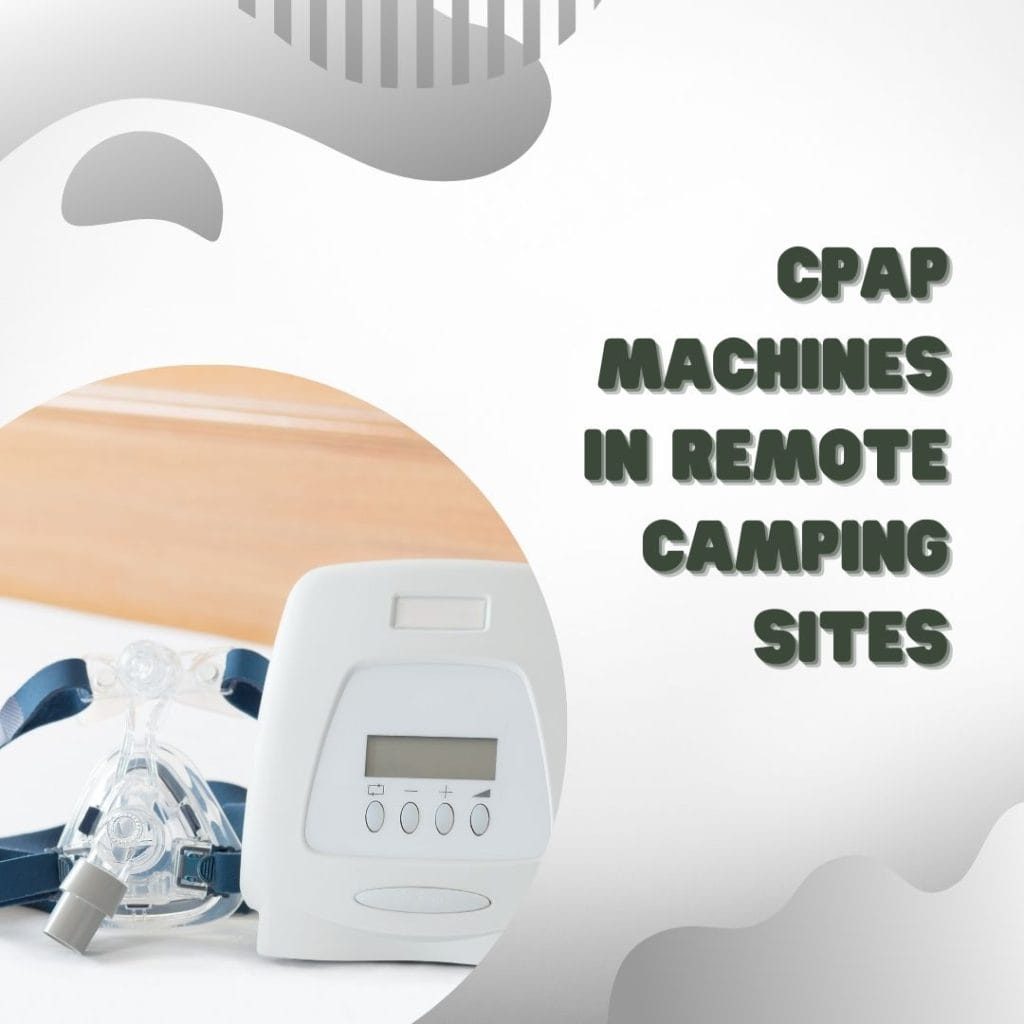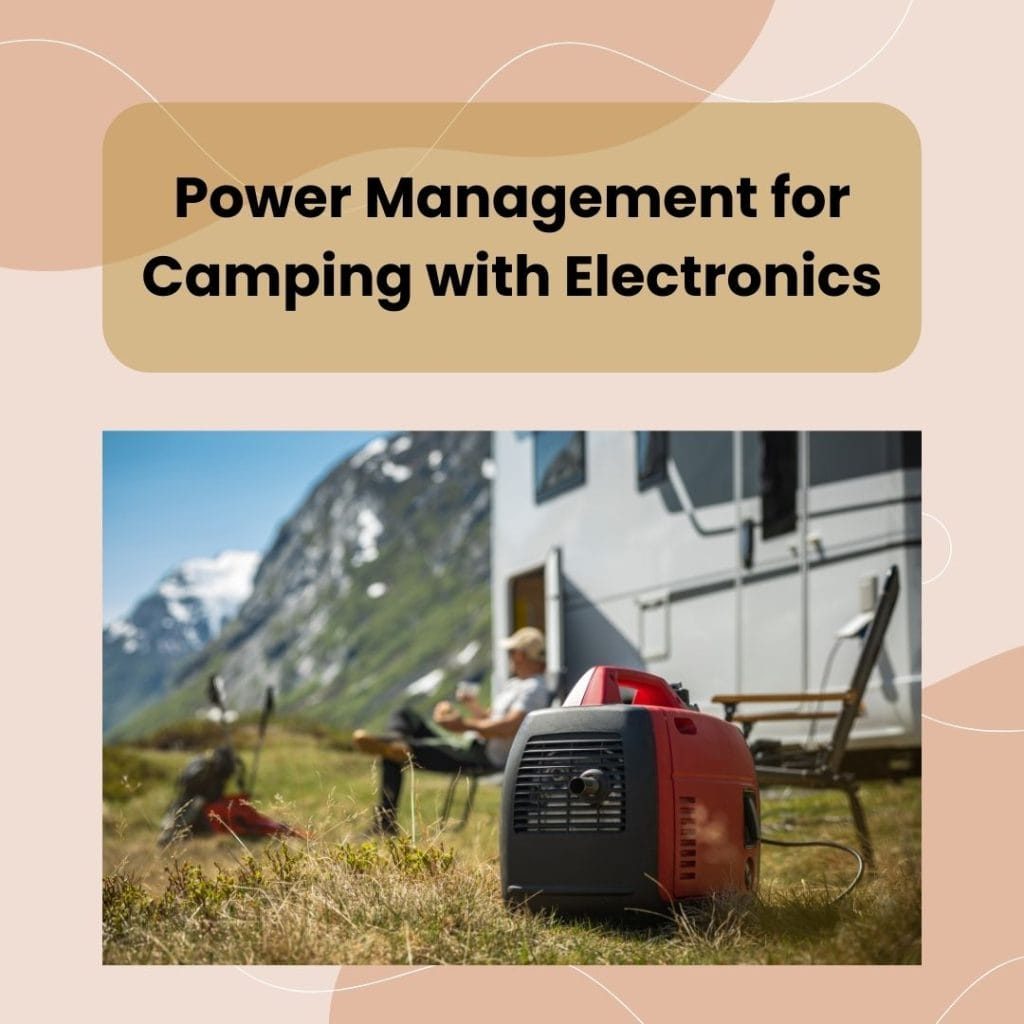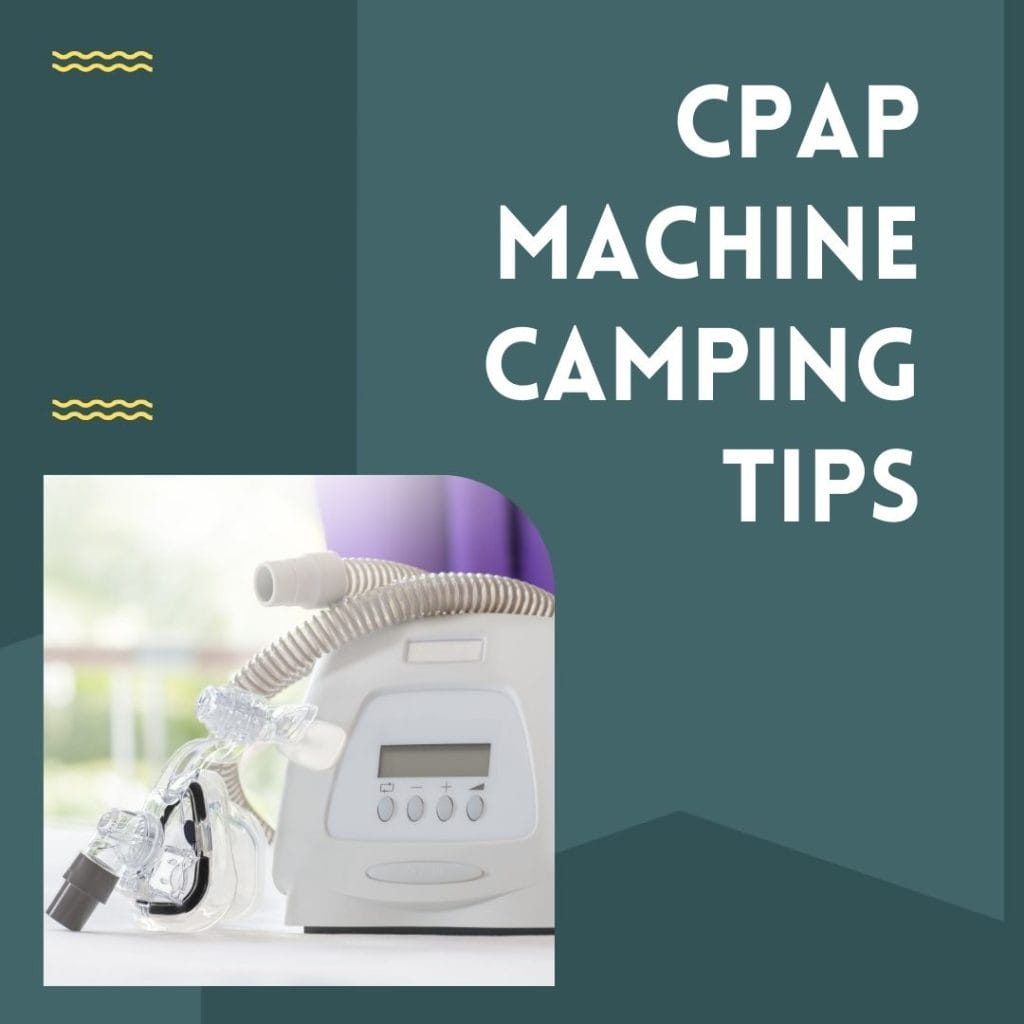Adventurous spirit shouldn’t be halted by sleep apnea. With our top “CPAP Machine Camping Tips”, you can continue your love for camping without compromising your health. This guide offers practical advice on how to use your CPAP machine efficiently and effectively even in the great outdoors. Let’s dive in and discover how to make your nights under the stars as restful as possible.
Top Tips for Efficiently Using a CPAP Machine While Camping
Tip 1: Think About Opting for a Mobile CPAP When Camping
For camping enthusiasts who rely on continuous positive airway pressure (CPAP) therapy, a travel-sized CPAP machine can be a gamechanger. These compact, lightweight devices are easy to pack and carry, fitting snugly into a backpack without taking up too much space or weighing you down. This leaves room for other camping essentials, ensuring you’re not weighed down by your health equipment.
Despite their small size, travel CPAP machines don’t skimp on features. In many cases, they come equipped with advanced features that even some full-sized home units lack. The versatility they offer makes them an excellent choice for both home use and therapy on the move.
These machines are also built to perform in various environments, from the comfort of your car to the restricted space of an airplane. Currently, while no CPAP machine comes with a built-in battery, many camping enthusiasts find that pairing their travel machine with a travel battery ensures they have continuous, uninterrupted therapy throughout their outdoor adventures.
The Best Portable CPAP For Camping
Choosing a travel-sized CPAP (Continuous Positive Airway Pressure) machine for your camping adventures is a smart move. These devices are not only compact and light, making them easy to carry, but they also offer great energy efficiency. This means they can provide dependable service, even when running on battery power.
Two standout models in the realm of travel CPAP machines are the AirMini and HDM Z2 Auto. Both offer the much-needed feature of waterless humidification, which makes them perfect for camping trips. The AirMini, renowned for an auto-adjusting algorithm derived from its AirSense 10 counterpart, pairs this with HumidX waterless humidification, saving you from the burden of carrying distilled water.
However, the top spot for the best portable CPAP machine for camping goes to the HDM Z2 Auto. This device uses a heat-moisture exchange unit for waterless humidification, recycling humidity from your breath to prevent dry mouth. Weighing only 10.5 oz, it makes for a perfect backpacking companion.
The Z2 Auto is also known for its quiet operation, thanks to the QTube in-line muffler that reduces hose noise. Unlike the AirMini, which requires a smartphone app for adjustments, the Z2 Auto features a small screen that displays pressure settings and other vital details. This feature proves exceptionally useful when you’re far from home.
Additionally, the Z2 Auto offers Bluetooth connectivity and a companion app to track your therapy data comprehensively. The device automatically starts your therapy as soon as you put on your mask. A bonus feature is its compatibility with the optional Z2 PowerShell with Extended Life Battery. This allows you to power your machine without an AC outlet and also serves as a backup battery when connected to a wall outlet. If you have multiple Z2 Extended Life Batteries, you’ll appreciate the convenience of easy battery changes.
Tip 2: Be Cautious with Power Inverters
Power inverters can significantly drain your battery when camping with a CPAP machine. These devices convert DC power from the battery into AC power for your machine, a process that consumes extra energy. This means that both your CPAP machine and the inverter are drawing power, potentially depleting your battery at twice the normal rate.
While power inverters can be useful, especially when your machine is not DC capable and needs an AC power source, they should ideally be your last resort given the power drain involved.
The recommended solution to this issue is to select a battery specifically engineered for your CPAP machine. The Pilot-24 Lite, for instance, is designed to work with the AirMini and other 24-volt machines. It comes with a cable that allows for a direct connection, hence eliminating the need for a power inverter. Consequently, this strategy helps conserve battery life and ensures a long-lasting charge.
Tip 3: Leveraging Solar Power for Battery Charging
Harnessing the power of the sun to charge your CPAP machine’s battery can considerably extend your camping duration, especially for those who frequently venture into the wilderness. The primary benefit of solar charging is the potential for increased battery life, enabling you to stay off-grid for longer periods.
However, it’s crucial to note that solar charging may not be ideal for all users. The efficiency of solar charging depends on various factors, including weather conditions and the specificities of your camping location. Additionally, most solar chargers, such as the EXP 360 Solar Charger, are not universally compatible but are battery-specific.
Despite these challenges, the environmental and practical benefits of solar charging make it an appealing option for outdoor enthusiasts. With a solar charger, you can engage in your favorite outdoor activities while your battery charges under the sun. This ensures that at the end of an adventurous day, a fully charged battery is ready to power your CPAP machine, providing uninterrupted therapy throughout the night.
In essence, incorporating a solar panel into your camping gear can significantly enhance your outdoor experience, allowing you to enjoy your camping trips to the fullest without having to worry about the power supply for your CPAP machine.
Powering Your CPAP Machine While Camping
Camping with sleep apnea is not just feasible, but can be a delightful experience with the right planning. When it comes to keeping your CPAP machine powered, you have two main options to consider: using powered campsites or going off-grid with a CPAP battery. Both options have their unique advantages and limitations, which we will explore in the subsequent sections.
Visit a Campsite With Power
A powered campsite is an excellent choice for those who require CPAP therapy during their camping adventures. These sites, including KOA campgrounds and State Parks, come equipped with electrical outlets. This feature allows for consistent use of your CPAP machine without needing to worry about battery life.
Benefits
The upkeep, cleanliness, and additional amenities offered by powered campsites, such as bathrooms, showers, and WiFi, are notable advantages.
Drawbacks
However, powered campsites are often fully booked during peak camping periods. Moreover, these sites tend to attract large crowds, which can sometimes lead to a less peaceful camping experience.
Take Your Therapy Off-Grid
CPAP batteries allow you the freedom to venture deeper into nature. These batteries typically deliver one to two nights of power, making them a reliable companion on camping trips.
Benefits
Off-grid CPAP camping with batteries offers the quintessential camping experience, unrestricted by the need for electricity. Most batteries are FAA approved for inflight use and are compatible with popular CPAP and APAP brands.
Drawbacks
However, there are a few challenges to consider. Some batteries may not tolerate extreme heat, posing a potential risk. While batteries are undoubtedly useful, they can also be quite pricey. Furthermore, your machine’s settings and the use of a power inverter can rapidly deplete your battery, potentially shortening your trip.
Two Efficient Methods to Power Your CPAP Off-the-Grid
While camping off-the-grid, there are two viable strategies you can employ to keep your CPAP machine powered: leveraging a Deep-Cycle Lead-Acid Battery or utilizing a Portable CPAP Battery.
1: Harnessing the Power of a Deep Cycle Battery
Deep-cycle batteries are readily available at auto parts stores and mobility scooter suppliers, and are designed for delivering sustained, steady power. They vary from the starting batteries found in most personal vehicles, which discharge a large amount of energy upfront before recharging. If you are unperturbed by a slightly heavier load, a deep-cycle battery can be a cost-effective solution for powering your CPAP machine off-grid, particularly if you are considering RV camping.
How to Utilize a Deep Cycle Battery:
There are two methods to operate your CPAP with a deep-cycle battery: using a DC Adapter Cable or via an Inverter.
1.1: Utilizing a DC Adapter Cable:
To connect your deep-cycle battery to your CPAP machine, use a DC Adapter Cable with alligator clips. These clips attach to the positive and negative terminals of the deep-cycle battery, transferring power to a cigarette lighter plug. This allows you to connect your machine’s DC cable and supply power to your CPAP machine. Some deep-cycle batteries already include a built-in cigarette lighter plug, eliminating the need for an adapter.
1.2: Employing an Inverter:
An Inverter can convert the DC power from the battery to AC power that your CPAP machine can utilize. Some machines may require a specific kind of inverter called a Pure Sine Wave Inverter to prevent potential damage. To use an inverter with a car battery, ensure it includes alligator clips to connect to the deep-cycle battery. Once connected, it will convert the power supply to AC, and you can plug in your machine as you would at home.
Drawbacks of Using a Car Battery:
Despite its advantages, using a car battery for your CPAP does come with some limitations:
- Weight: Car batteries can be quite hefty. If you’re planning to go backpacking over long distances, a lighter Lithium-ion battery might be a more convenient choice.
- Travel Restrictions: Deep-cycle lead-acid batteries are not FAA approved due to their toxic chemical content, and cannot be used on flights or placed in checked baggage. This limits their feasibility for air travel.
- Charging Issues: Recharging deep-cycle batteries can be a tricky process.
2: Opting for a CPAP Battery Pack
Modern CPAP batteries are gradually gaining popularity due to their light weight and reduced cost. However, it’s crucial to note that each battery is designed to cater to specific machines and not all of them are universally compatible. Most batteries are equipped with DC inputs for certain machines, making it necessary to use an inverter in the absence of a DC input. CPAP.com simplifies this by providing power requirements of various machines under the “power” tab on our product pages. This helps users choose a battery that aligns with their specific machine’s needs. It is recommended to select a battery specifically designed for your CPAP machine to ensure optimal performance.
Conclusion
In conclusion, investing time in understanding and planning for your CPAP machine camping needs can significantly enhance your outdoor experience. Ensure you’re well-prepared whether you choose the convenience of a powered campsite or the freedom of off-grid camping with a CPAP battery. Navigating these CPAP machine camping tips will ensure you can enjoy nature while also prioritizing your health and sleep quality.

